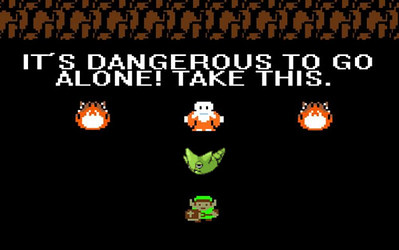As education and society progress more and more into the digital sphere, it is of the utmost importance to teach and learn how one utilizes these tools and moves through digital spaces with purpose, curiosity, and positivity. At running the risk of being “left behind,” teachers need to be aware that technology use in the social, professional, and educational spheres and keeping up to date on the issues is now a part of the job. Digital literacy encapsulates not only the technical knowledge of “how X works” or “how to use X,” but also digital citizenship – how does one conduct themselves online. Often times, one aspect of digital literacy is favoured one over the other in order to achieve the goals of whatever the teacher’s learning goals are. In a perfect world, both are equally weighed and are part of the conversation. Then the big question is: Where do you start? How does a teacher who has 0 experience teaching digital literacy in their classrooms approach this matter? How long does the conversation go on for? What is important for their students? Where do I go for help? Here are some of the things I think teachers need in their digital literacy toolkit to promote safe ethical use of technology with their students in and out of the classroom

- Consistent professional development opportunities on a variety of aspects of digital literacy
- some teachers need digital citizenship support, while others might want to learn how to use the next greatest teaching tool
- pro-d on these topics are also not just a one off session
- ideally, there would be a district contact available for teachers to reach out to for guidance
- Easily accessible accredited resources for lesson planning – everyone needs to start somewhere 🙂
- MediaSmarts (K-12)
- Common Sense Education (K-12)
- ReadWriteThink (6-12)
- PBS Newsroom Classroom (6-12)
- Time and commitment to teach digital literacy
- digital literacy needs to be an ongoing conversation that extends past the assignment utilizing tech
- it is an ongoing conversation where the messaging is not one and done, but a mantra to be put in place every day
- Access to devices and online platforms for in-class practice
- we can’t expect students to know how to engage with digital literacy if we are unable to get consistent access to said technology and provide safe spaces for students to practice said skills
- if we don’t provide the safe spaces to try (and sometimes fail) at putting digital literacy in place, the entirety of the digital world is their testing ground
When written down as 4 major points, it seems like teaching and practicing digital literacy in the classroom with students is attainable, but not every teacher had the luxury of checking each box off. Resources are abundant, so that’s great. Not every school district has access to pro-d that tackles both sides of digital literacy, or has consistent access to devices that students can use on a regular basis. Despite all of these barriers, the largest one is time and commitment. Often times, the teacher who wants to teach digital literacy needs to carve out time to explicitly teach it on top of the other subjects that they need to cover. This can leave teachers feeling overwhelmed like it is one more thing to worry about.
So what can we do? Ideally, digital literacy education is not the responsibility of just the classroom teacher. It is the responsibility of the whole school community: other teachers, parents, administration, and fellow classmates. If everyone can commit time and resources to digital literacy, the conversation across grades and grade groupings constantly continues. In some cases, schools might have a technology teacher or a teacher librarian who can help facilitate these lessons early on in the year to support homeroom teachers. If a teacher wanted to teach digital literacy in their classroom independent of the school community, here are some suggestions for what that can look like:
- start the digital citizenship component as early as possible
- it sets the tone for what the expectations around device usage is
- keep the citizenship conversation going (i.e. keeping passwords private)
- it makes your messaging matter
- make time for exploration of devices, hardware, and software
- students need time to just play and learn by doing without the consequence of ruining a project or failing an assignment
- it also gets the temptation to push buttons or try things out of their systems
- go slow
- know that you aren’t going to achieve end result level of output the first time, the second time, and sometimes not even the third time
- keep the assignments short, sweet, and to the point
- every student should feel success
- don’t add heft to your learning activities with component that might be unnecessary to the lesson’s objectives
Digital literacy can be integrated seamlessly into your practice when all of the essential pieces are put in place. It is not an easy road when getting started, but once you get the ball rolling, you won’t have to push it again. Every push toward integration is movement in the right direction. It might take time, you might encounter bumps and potholes along the way, but with enough practice, the students take digital literacy to heart. From my own practice, my students often need time to understand, but they all eventually take the citizenship part very seriously, and are excited to try new things on the technical side of literacy. Just like our students, teachers need to remember that digital literacy education doesn’t just “work” in a day. Despite it’s slow start up, every day still counts.
Leave a Reply